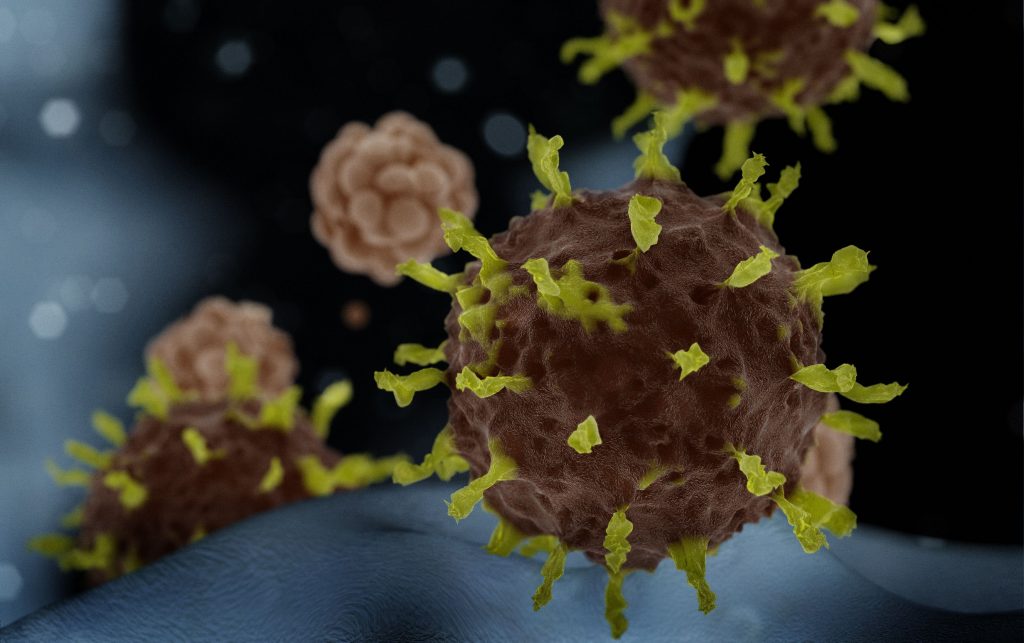Public health is at the forefront of everyone’s minds these days as coronavirus cases continue to pop up in new places.
There are more than 7.5 billion people on earth, meaning the number of people infected in proportion to the population should be relatively unalarming, however, the evidence is there to suggest that the virus could reach pandemic levels soon enough if not kept in check. How we do that relies heavily on human behavior and environmental factors, to say nothing of issues around public health funding, policy and technology.
If nothing else, the current crisis should serve as a wakeup call regarding the preparedness of health systems to deal with such a situation. Income inequality and affordability of care effect access to care and health disparities among different populations. This only complicates matters when it comes to detecting threats outside of the health system as a result of people not seeking care due to costs.
So how can we connect patients to providers in ways that could be affordable? The answer may be as simple as tapping into something we spend a great deal of our time interfacing with now; technology.
Telemedicine
Rather than going to a doctor’s office and further spreading infections, patients should be using modern technology to tap into telemedicine consults with physicians who can help them identify their symptoms and monitor progression. The problem is one of access that will require insurers to pay for telemedicine in more consistent ways and for state licensing to embrace telehealth uniformly.
But despite the obstacles, there are those who believe that this current outbreak could be the vehicle that delivers telemedicine services to the masses.
“Something like having to stay home could springboard telehealth tremendously, because when we get over this—and we will—people will have had that experience, and they’ll be saying, ‘Well, why can’t I do other aspects of my health care that way?’” says Dr. Joe Kvedar, president-elect of the American Telemedicine Association (ATA), in an interview with Time Magazine.
Interoperable Systems
Bill Gates has long called for increased awareness and preparedness for pandemics and endorses data surveillance systems that could instantly notify relevant organizations about new cases and other information they need regarding outbreaks.
Additionally, Gates wants to see increased investments in research and development of vaccines that can work in a sort of plug and play manner, and we are now seeing that development happen in shorter time frames. The first vaccines for coronavirus are already being tested courtesy of innovative new methods.
“Our savior here is going to be our technology,” Scott Gottlieb, the former FDA commissioner, said on CBS’s “Face The Nation.” “And we need to make a really robust effort to try to develop a therapeutic.”
In China, investment in cloud-based analysis systems looking at medical images with the intention of speeding up diagnosing cases has increased. Using artificial intelligence to do so, the nation’s biggest tech firms such as Huawei and Alibaba are hoping they can play their part in facilitating information sharing to stop the spread and finding a vaccine.




